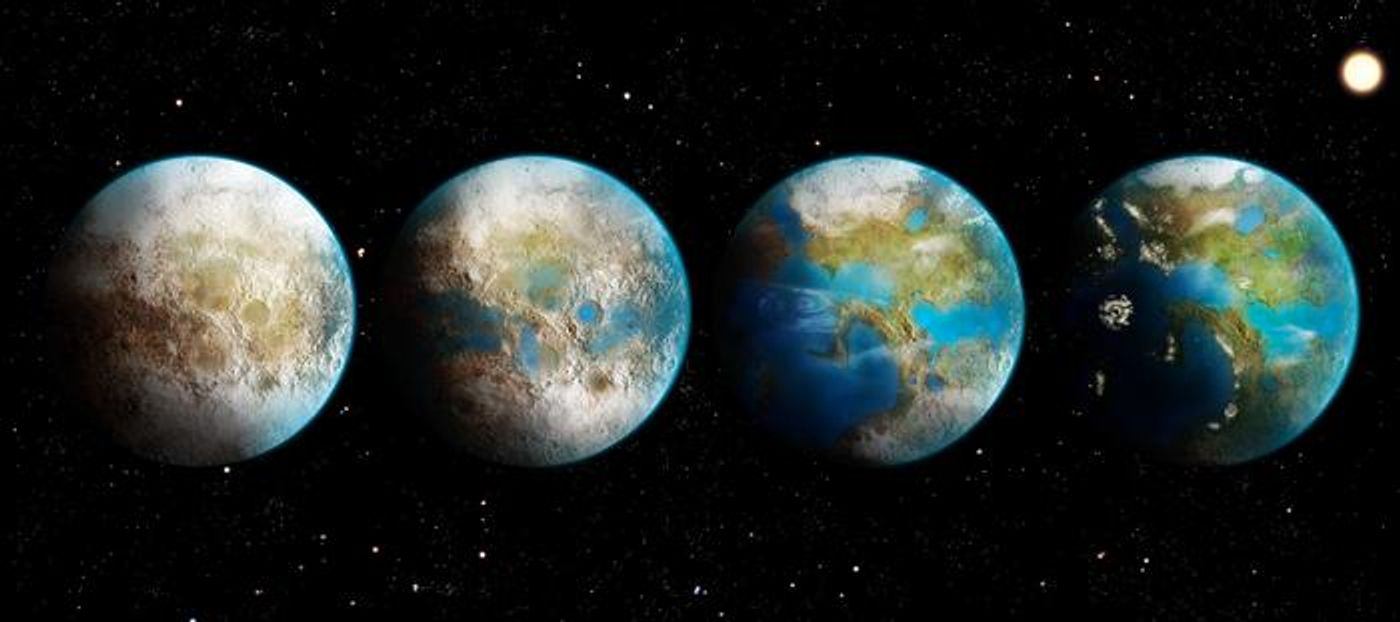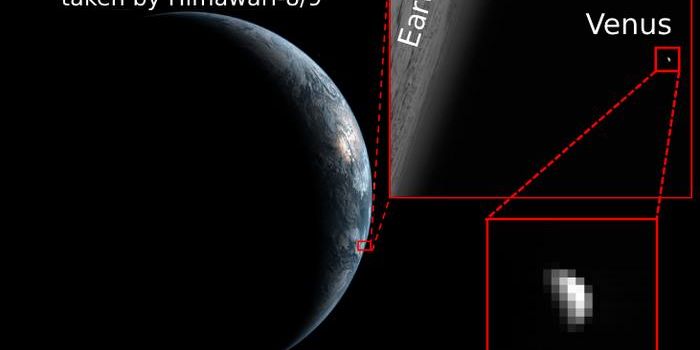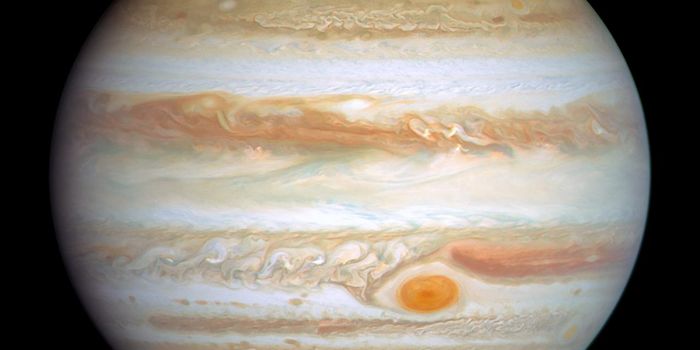Detecting Alien Terraforming with Artificial Greenhouse Gases
Could we identify an alien terraformed planet through the detection of greenhouse gases? This is what a recent study published in The Astrophysical Journal hopes to address as a team of international researchers investigated whether artificial greenhouse gases could be detected from an exoplanet whose alien inhabitants could be attempting to terraform that world, either from trying to control its climate or terraforming an uninhabitable planet into a habitable one. This study holds the potential to help scientists better understand the criteria and methods for identifying an extraterrestrial civilization, especially with the number of confirmed exoplanets increasing almost weekly.
“For us, these gases are bad because we don’t want to increase warming” said Dr. Edward Schwieterman, who is an Assistant Professor of Astrobiology at the University of California Riverside and lead author of the study. “But they’d be good for a civilization that perhaps wanted to forestall an impending ice age or terraform an otherwise-uninhabitable planet in their system, as humans have proposed for Mars.”
Artist's illustration of an exoplanet undergoing the terraforming process from a snowball planet to a habitable planet. (Credit: Thibaut Roger/University of Bern)
For the study, the researchers calculated the time for NASA’s James Webb Space Telescope (JWST) to detect greenhouse gases on TRAPPIST-1 f, which is located approximately 41 light-years from Earth and is one of seven confirmed Earth-sized exoplanets, with TRAPPIST-1 f being hypothesized as a snowball planet due to its distance from its host star, though a 2023 study postulated it could contain an interior liquid water ocean.
Additionally, the team also examined the potential for future telescopes to detect greenhouse gases, including the Large Interferometer for Exoplanets mission concept. In the end, the team found that JWST could detect various levels of greenhouse gases after imaging between 5 and 25 transits of TRAPPIST-1 f while noting that more powerful space telescopes in the future could detect greenhouse gases easier, as well.
“Our thought experiment shows how powerful our next-generation telescopes will be. We are the first generation in history that has the technology to systematically look for life and intelligence in our galactic neighborhood,” said Dr. Daniel Angerhausen, who is an Astrophysicist and Astrobiologist at ETH Zurich and a co-author on the study.
Will scientists be able to detect artificial greenhouse gases from an exoplanet in the coming years and decades? Only time will tell, and this is why we science!
As always, keep doing science & keep looking up!
Sources: The Astrophysical Journal, EurekAlert!, UC Riverside News, NASA









